Last Updated on September 14, 2022
Nothing’s worse than getting into your car on cold morning and having a dead battery. It’s especially frustrating if you’ve jumpstarted it multiple times, and the mechanic keeps saying that there’s nothing wrong with it.
You might be tempted just to toss the battery and start all over with a new one. Don’t. One of the most common reasons for repeated jumpstarts is that the battery was never fully charged after it died.
If your battery never got back to full health, then it’s not surprising that it keeps dying on you. It’s why answering the question of how long to charge a car battery is so important; if you don’t let it charge long enough, you could find yourself stranded in a parking lot somewhere.
It depends on a variety of factors, so keep reading to find out!
Related: How Long Do Car Batteries Last?
How Many Amps Is Your Battery?
No, we’re not talking about cold-cranking amps here. We’re talking about how long your battery can put out one amp of power without any charging. Most automotive batteries are 48 amps.
While your car doesn’t use an amp per hour, this is still the most effective way to determine how long it will take to charge your battery. That’s because the manufacturers make battery chargers in the same way. It makes answering the question of how long to charge a car battery easy.
If you’re using a 1-amp charger and your battery is completely dead (0 amps), it will take 48 hours. However, if you’re using a 2-amp charger, it will take 24 hours. Each amp that the manufacturer rates the charger for will restore one amp in the battery per hour.
However, it is essential to note that this also depends on the battery. If it has a bad cell or cannot hold a charge due to calcification, you’ll need to have the battery on the charger longer to have any chance of bringing it back.
Read Also: Why Do Car Batteries Weigh So Much?
How Dead is Your Battery?
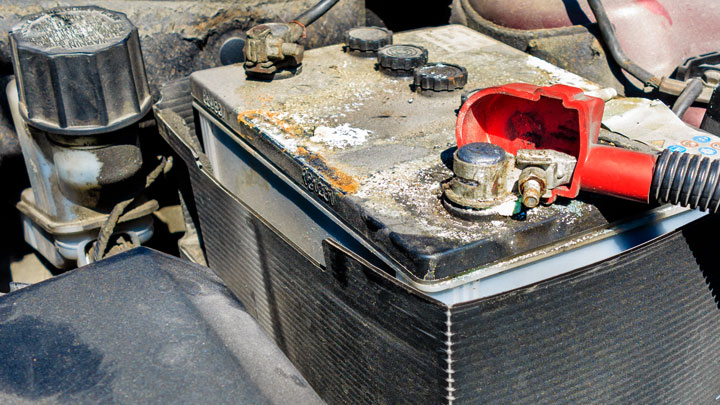
Not all dead batteries are created equal. If you test your battery and it has 2 volts, it will need more time on the charger than a battery with 10 volts.
While your volts don’t necessarily tell you how many amps the battery has left, it is the easiest thing to check and effectively lets you know if it needs to spend more time on a charger.
Don’t simply depend on the battery light in your dash. It may or may not illuminate (depending on just how dead the battery is).
Voltage Doesn’t Matter… But it Does
Voltage doesn’t start a car; amps do. Still, if your battery has low voltage, that means it has low amps, and you need to get it charged.
The best way to break it down is if your battery has fewer volts, then it has fewer amps; however, just because a battery has full voltage doesn’t mean that it has full amps.
For charging purposes, this doesn’t matter too much – if the battery has a full charge and still won’t start your car, then the battery is defective and needs to be replaced. But if you charge a battery with low voltage, it doesn’t guarantee that it will start your car when it’s charged.
Types of Car Battery Chargers
40-amp Chargers
40-amp chargers (sometimes labeled as 200-amp but that refers to jump starts) are the quickest ways to charge a battery, but they do have some inherent risks.
The most significant risk is that you don’t shut the charger off in time and overload the battery. If you do this, you’ll ruin the battery, and if you do it for too long, the battery might even explode!
Furthermore, using anything more than a trickle charge to charge your battery can damage a battery and reduce its performance capacity and lifecycle.
While this isn’t a big deal if you’re only charging your battery once and you take it off the charger in time, it can have significant implications if you need to use the battery charger over and over again.
>> Recommended Charger: Schumacher SC1285
Trickle Chargers
 Trickle chargers usually come in two different amp sizes – 1-amp chargers and 2-amp chargers.
Trickle chargers usually come in two different amp sizes – 1-amp chargers and 2-amp chargers.
2-amp chargers have some inherent advantages over 1-amp chargers. The most significant advantage that they have is that they can charge your battery in half the time.
If your battery is completely dead, it will take a 1-amp trickle charger 48-hours to recharge it fully; meanwhile, a 2-amp trickle charger could do it in 24-hours. While it’s still going to take a while to recharge your battery fully, it’s a lot more efficient to have it done in half the time.
Furthermore, while charging your battery too quickly too often can lead to a shorter shelf life for your battery, you don’t have to worry about that with a 2-amp trickle charger. The charge is still slow enough so that it won’t cause any damage.
The biggest drawback to a 2-amp charger compared to a 1-amp charger is the price. If you’re going to be using it often, the higher price tag is worth it, but if you’re keeping it in your garage because you might need it once or twice a year, the 1-amp charger will probably work just fine for you.
>> Recommended Charger: DieHard 71219
Smart Chargers
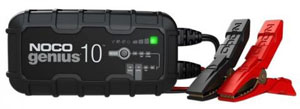 If you’re worried about getting your battery off the charger in time, we recommend investing in a smart charger. These chargers automatically sense your batteries charge and adjust the charging output accordingly.
If you’re worried about getting your battery off the charger in time, we recommend investing in a smart charger. These chargers automatically sense your batteries charge and adjust the charging output accordingly.
Manufacturers make both 40-amp chargers and trickle chargers with this technology, and it’s why we highly recommended that you spend the extra money to get one. While you’re paying a little more upfront on the charger, even saving one or two batteries from overcharging easily offsets this cost.
Furthermore, smart chargers allow you to safely move onto other parts of the vehicle that might need repairs without sitting and watching the battery charge.
Since the charger’s power output is automatically adjusted, the chances of the battery catching fire or exploding you significantly reduce the chances of this happening when you’re using a smart charger.
>> Recommended Charger: NOCO Genius10
Pros and Cons of Trickle Charging
If you have the time, trickle chargers are the way to go. They offer a slew of advantages over 40-amp chargers, the most significant being that they are less likely to damage your battery, and they do a better job of preserving your battery’s lifespan.
However, where a 40-amp charger can revive most batteries in under an hour, trickle chargers usually take a day or two. If you don’t have the luxury of waiting that long, you’ll need something other than a trickle charger to get the job done.
Advantages
- Less likely to damage your batter
- Preserves battery lifespan
- Typically cheaper
Disadvantages
- Takes significantly longer
- Easier to forget about
How Long Does the Alternator Take to Charge a Car Battery?
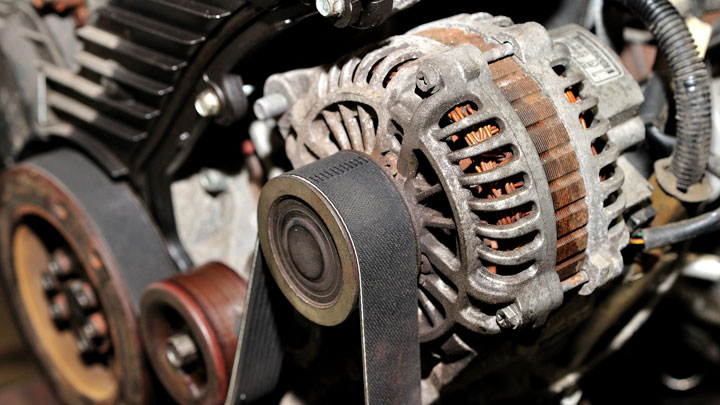
If you’ve ever had a mechanic jumpstart your car, they’ve probably told you to let it run for a bit before you turn it back off. That’s so the alternator can charge your battery, and you won’t be stuck with a dead battery again as soon as you shut the car off.
But how long is a “bit,” and when is it safe to shut your car off again? The answer to the question of how long to charge a car battery with your car’s alternator isn’t that simple.
It really depends on how hard you’re driving your vehicle. Your alternator is belt-driven, and your engine’s RPM directly controls the speed of the belt.
The faster you drive, the harder your alternator can work. So, if you’re driving down the freeway, your alternator can usually get your battery back to life within 30 minutes, but if your car is just sitting in the driveway, it might take a few hours.
It’s also important to note that your alternator is charging your battery like a 40-amp charger would, which means it’s dumping power into it as fast as it can. While this is effective at charging your battery quickly, it can cause it to wear out sooner.
However, your alternator is like a smart charger. As soon as your battery reaches the correct voltage, it starts dumping the excess voltage to ground, meaning that you don’t have to worry about your battery getting overcharged!
See Also: Bad Battery vs Bad Alternator
Can I Charge My Car by Jump Starting It?
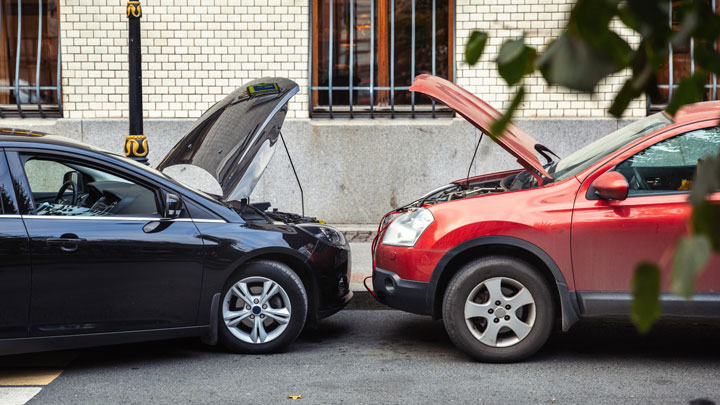
If your battery is dead because your alternator isn’t working correctly, you might be thinking that you can just leave it hooked up to another vehicle with jumper cables and let it get charged up a bit in that way.
The short answer is, don’t do it. Yes, it will work, but with all of the electronics jam-packed into today’s cars, leaving your running vehicle hooked up via jumper cables to another vehicle is a recipe for disaster.
You can easily short the electronics out, leading to hundreds of dollars in repairs. It might be a nuisance having to replace the battery where the vehicle is located, but it’s going to end up saving you a ton of money in repairs down the road.
Finally, if your vehicle does have a bad alternator, don’t try to drive it to the shop. Without being charged, your battery will run out of power as you’re driving down the road, and this will kill your engine.
Instead of being stranded in a parking lot or driveway, you’ll be stranded on the side of the road and need a tow truck to get you to where you were trying to go.

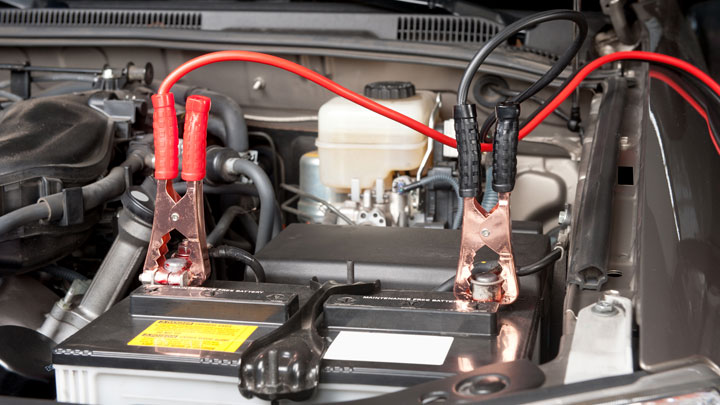




Very informative, thank you.